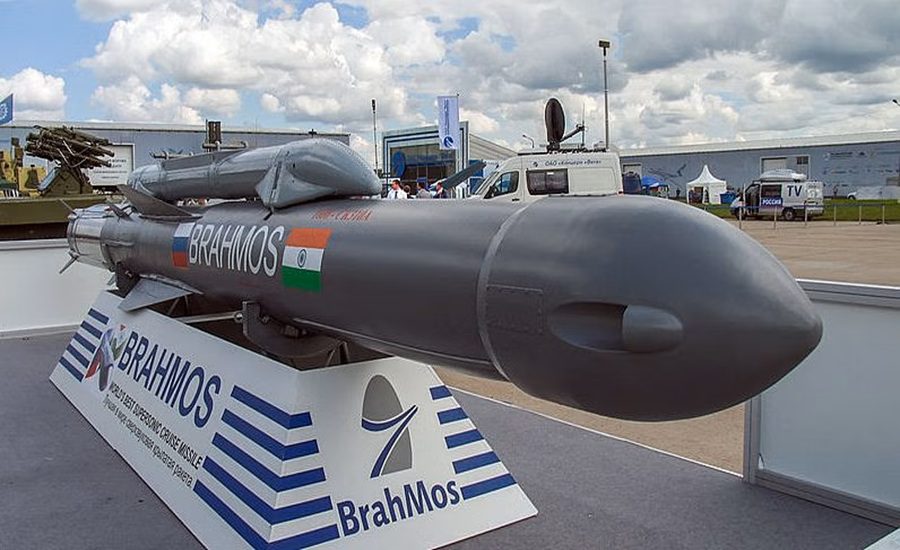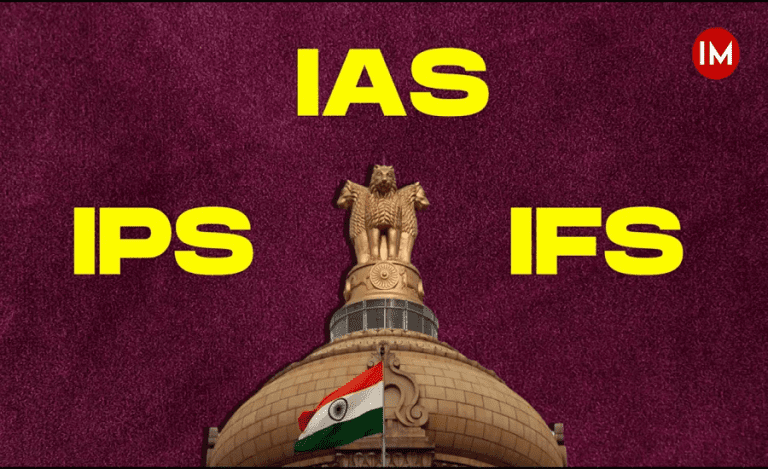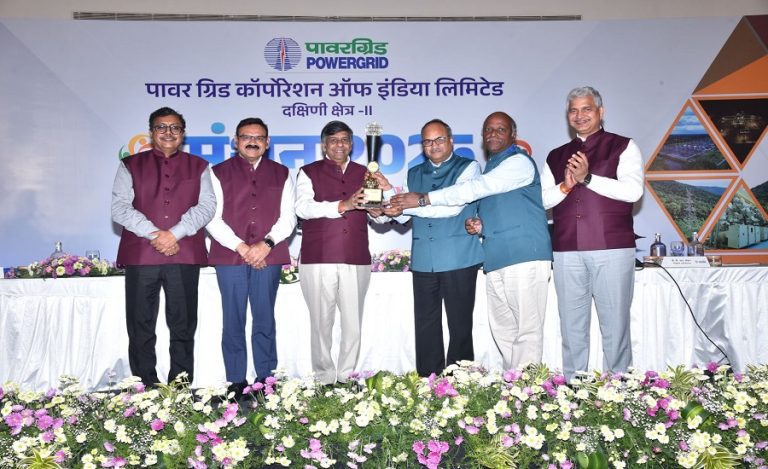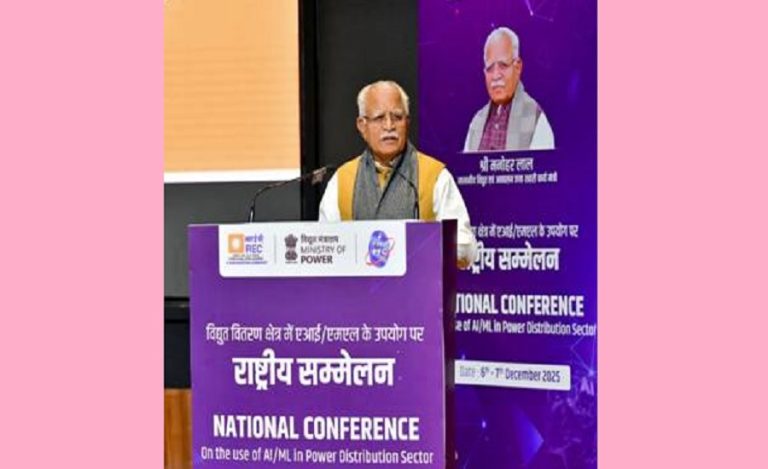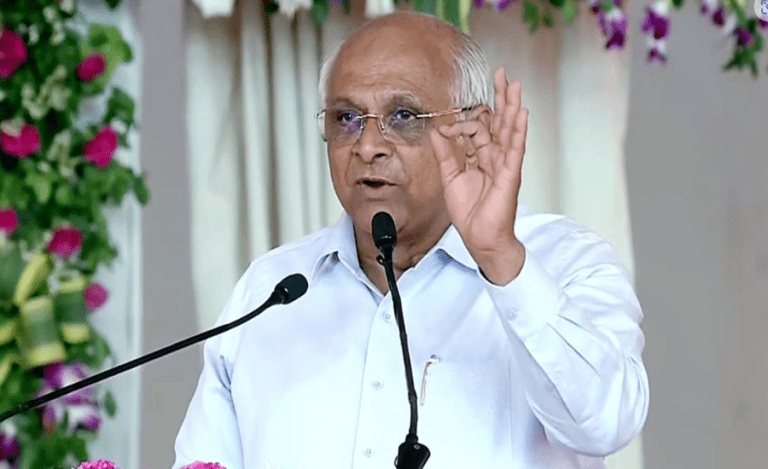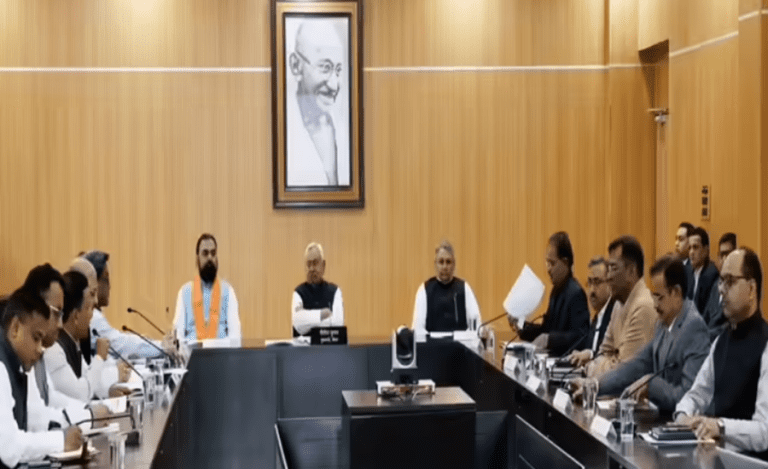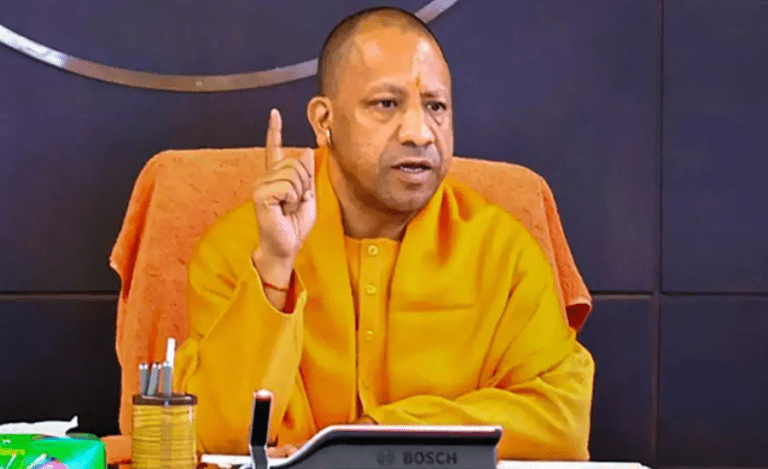New Delhi: In a significant development for India’s defence export ambitions and its strategic outreach in Southeast Asia, Rajnath Singh, India’s Defence Minister, confirmed that Indonesia has formally requested to purchase the indigenous supersonic cruise missile system, the BrahMos.
This announcement comes at a time when India is ramping up defence manufacturing under its “Make in India” agenda and consolidating partnerships in the Indo-Pacific region.
Defence Minister Rajnath Singh, in a public address to party workers in Lucknow, announced: “Indonesia has requested to purchase the BrahMos missile being manufactured in Lucknow.” Singh underscored this milestone while also linking it to India’s overall rise in global stature under Prime Minister Narendra Modi and the nation’s self-reliance in defence manufacturing.
Background of Indonesia BrahMos Missile Deal with India
The BrahMos missile, developed jointly by India and Russia under the company BrahMos Aerospace, is a land-sea and air-launched supersonic cruise missile capable of flying at speeds of up to Mach 2.8 and striking targets at ranges approaching ~300 km.
India had already sold the system to the Philippines (coastal defence battery deal in 2022) and has had multiple countries show interest in acquisitions.
At the same time, the Indian state of Uttar Pradesh has become a focal point for defence manufacturing under the “Uttar Pradesh Defence Industrial Corridor”. A new BrahMos integration and test facility in Lucknow was inaugurated earlier this year and is now fully operational.
Importance of the Indonesia BrahMos Missile Deal with India
This formal interest from Indonesia is a watershed moment for several reasons:
Defence Export Growth: India’s defence exports have been growing rapidly, and getting a major Southeast Asian partner on board underscores India’s emergence as a defence supplier.
Strategic Outreach in Indo-Pacific: Indonesia is a key maritime actor in the Indo-Pacific and has shared concerns about maritime security, Chinese influence and regional stability. A BrahMos deal strengthens India-Indonesia ties and broadens India’s strategic footprint.
Manufacturing Momentum: The Lucknow facility’s first batch of BrahMos missiles being flagged off in October marks India’s capabilities to not only design but also mass-produce advanced weapon systems – boosting “Make in India”.
Regional Deterrence and Cooperation: For Indonesia, acquiring a high-speed cruise missile system would bolster its coastal defence, give deterrence credibility and deepen its partnership with India.
Key Challenges Ahead in Indonesia BrahMos Missile Deal with India
While the announcement is promising, multiple hurdles remain:
- Interest alone doesn’t guarantee a deal. Negotiations around pricing, transfer of technology, offsets, financing and delivery schedule need to be ironed out.
- Being a joint Indo-Russian venture, the BrahMos deal may require clearances from multiple stakeholders, including possible Russian authorisations.
- To fulfill export demands without affecting domestic supply, the Lucknow facility and the broader supply chain must scale up reliably.
- Neighbouring powers and regional actors may perceive changes in defence balance; diplomatic tact will be essential.
- For many export customers, large-ticket defence deals hinge on favourable financing or credit; Indonesia’s financing model will matter.
Key Implications
For India: A signed deal would signal a new era of Indian defence exports and could accelerate indigenous capability, create jobs, and strengthen defence industrial base.
For Indonesia: It would mark a significant leap in its deterrence capabilities and deepen its strategic alignment with India in the Indo-Pacific.
For the Region: A successful transaction could prompt other ASEAN nations to consider the BrahMos system or similar Indian products, shifting regional defence dynamics.
For India-Russia ties: As the BrahMos is a joint venture, this deal would further cement India–Russia cooperation in defence manufacturing and exports.
For Indo-Pacific strategy: India’s role as a security partner and arms-supplier in the region would elevate, offering it diplomatic and strategic leverage.
Way Forward
Formal Agreement: Both governments need to conclude negotiations, sign an MoU/contract and set timelines for delivery.
Scaling Production: The Lucknow facility and other manufacturing units should further ramp up capacity and ensure quality and export-readiness.
Technology Transfer & After-Sales: Agreements should include support infrastructure – training, maintenance, logistics for Indonesia.
Diversify Export Base: India should leverage this momentum to engage other defence-interested countries in the region (Vietnam, Malaysia, Philippines) with the BrahMos and other systems.
Ecosystem Strengthening: Strengthen domestic supply chain, certification, testing and export compliance mechanisms to support large-scale export programmes.
Strategic Communication: India and Indonesia should publicly highlight the partnership as part of a broader maritime-security and defence-industry collaboration, thus reinforcing credibility and deterrence.

